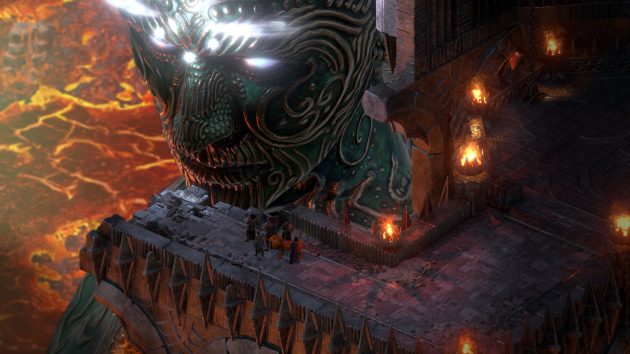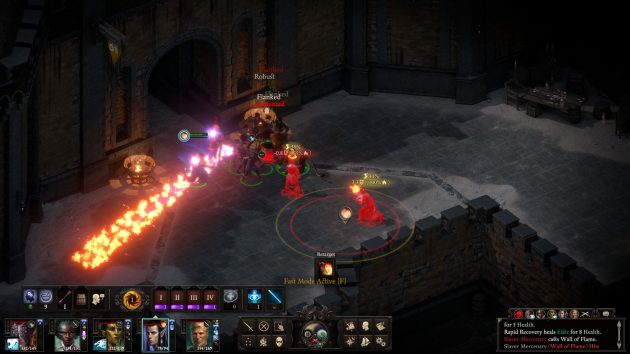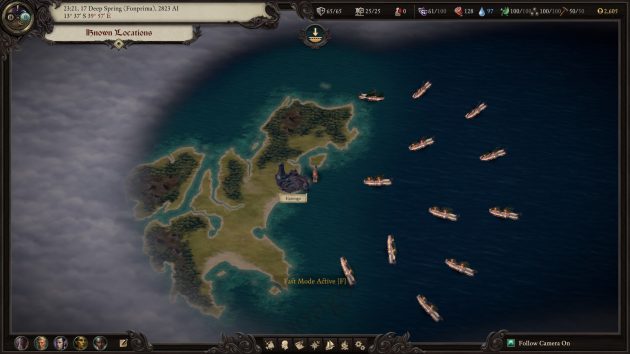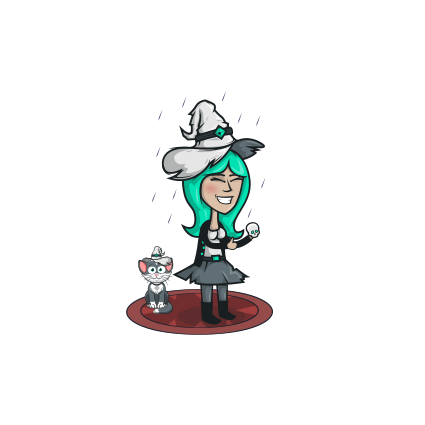Until a few years ago, we were overwhelmed with the situation of genres close to PC platforms. We cried as there were no games like Baldur's Gate, Commandos, SimCity, Heroes of Might & Magic ... And then came games like Banner Saga, Divinity: Original Sin, Cities: Skylines, Shadow Tactics and Pillars of Eternity. All these games were originally developed for PCs and although they were not sold in billions of copies, the love for these genres is very much felt by both the public and the developers.
Pillars of Eternity II: Deadfire is a game that seeks this love to an even higher level, and thus the title that fans of dark fantasies can easily adore. If your first Pillars of Eternity was good (and there were not many reasons for it not to be), Deadfire is like its continuation for the class better.


The most notable innovation in Deadfire is the ability to explore the open world, both onshore and offshore. Islands and isles are exploring the mainland to find resources for the crew of their ship, and some locations may be named if they "release" them. The mechanics are simple enough not to be exhausting and interesting enough not to be like scanning planets in Mass Effect. Marine extras are explored by boat, in Pirate Sida Meier's manner, at least until the fight with other vessels begins. This struggle takes place in textual form, on moves, and thus brings the element of tactics.


The CRPG genre may not experience this new game or the Pillars will be close to multi-millionaire earnings by the end of 2018. Still, the fact remains that Deadfire proudly carries some of the best elements in its genre, and deserves to be remembered as a classic of the same.







nice article
Deadfire is like its continuation for the class better.
what is the game ?